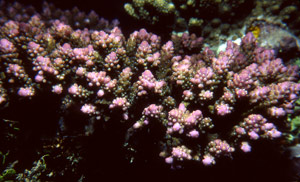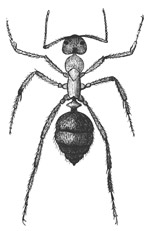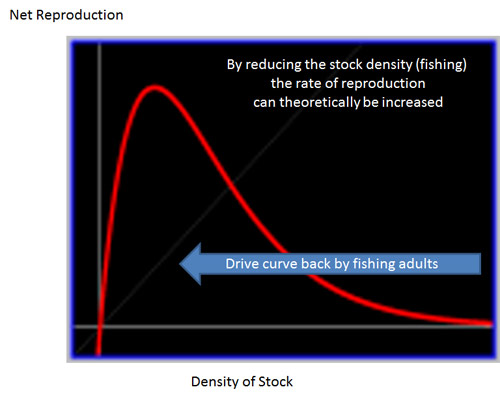This morning I woke up with these thoughts buzzing around in my head, so I thought I would jot them down.
Zero is a state of being, it is not like -1 or +1 which are actual numbers. If I have a cookie and my brother takes away my cookie, the cookie still exists, it is just that I don’t have it. So I don’t have zero cookies, I am merely in a state of zero cookies, but that could change if I take the cookie back from my brother. If he beats me to it and eats the cookie before I can grab it back, the cookie still exists, it has just changed state (and I don’t want it anymore).
Zero always has a context. The scale on a thermometer in Celsius degrees registers a zero at the point of transition between ice and water, it is not a place where there is no temperature. Suppose I start with a box of ten shiny pebbles. If I remove 9 pebbles, the box has 1 pebble left, but I have 9 pebbles in my hand. If I remove the last pebble, the box has zero pebbles in it, but I have all ten pebbles. So there are never zero pebbles except in the context of the box.
Now money is different. It is not real, it is representational. So I can be at a state of -$1,000 and still have lots of actual dollar bills in my wallet. And I can still buy things using the money in my wallet. However, being in a state where I am both -ve and +ve means I am unstable. Whereas with cookies, I either have the cookie or I don’t.
Continue reading →







